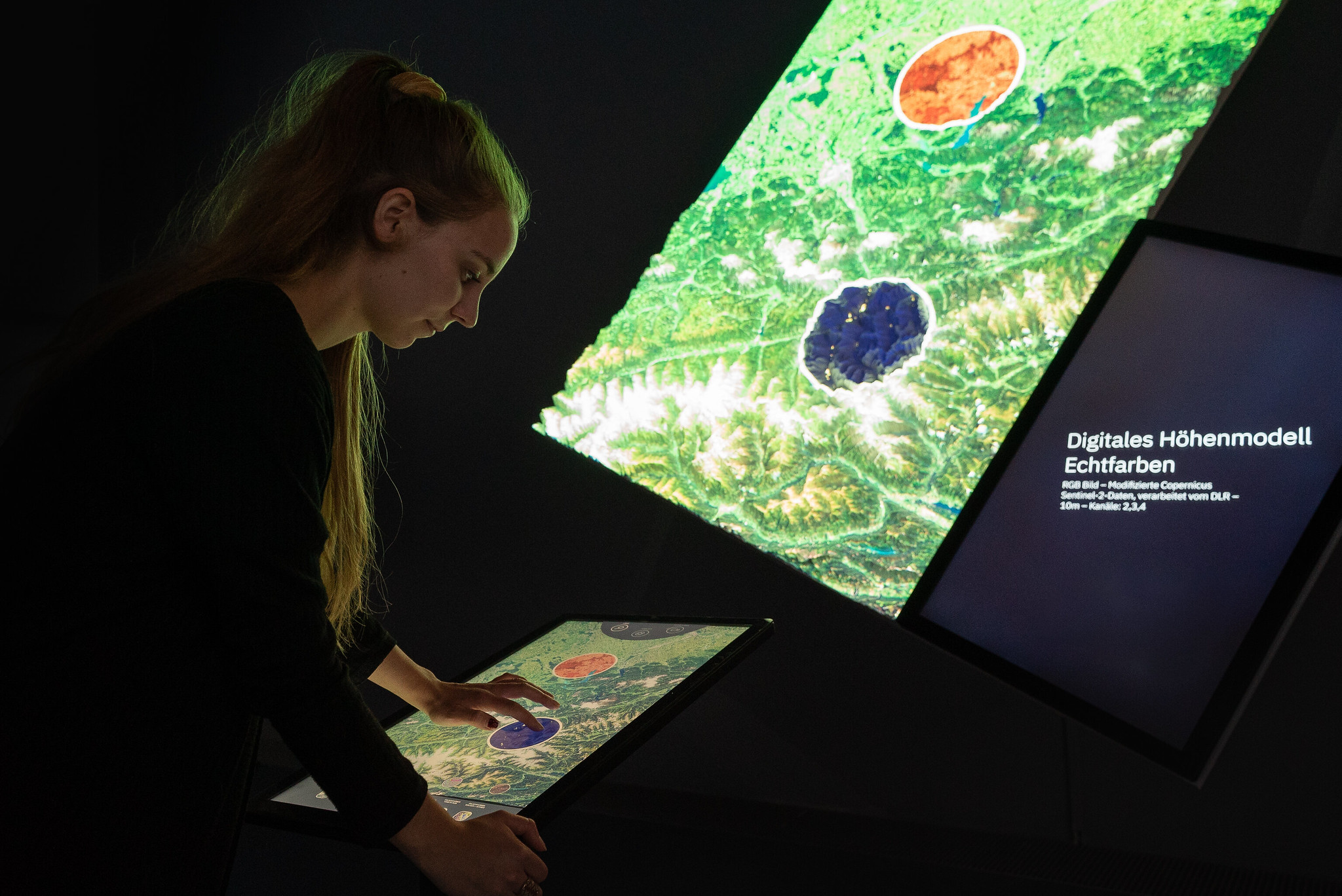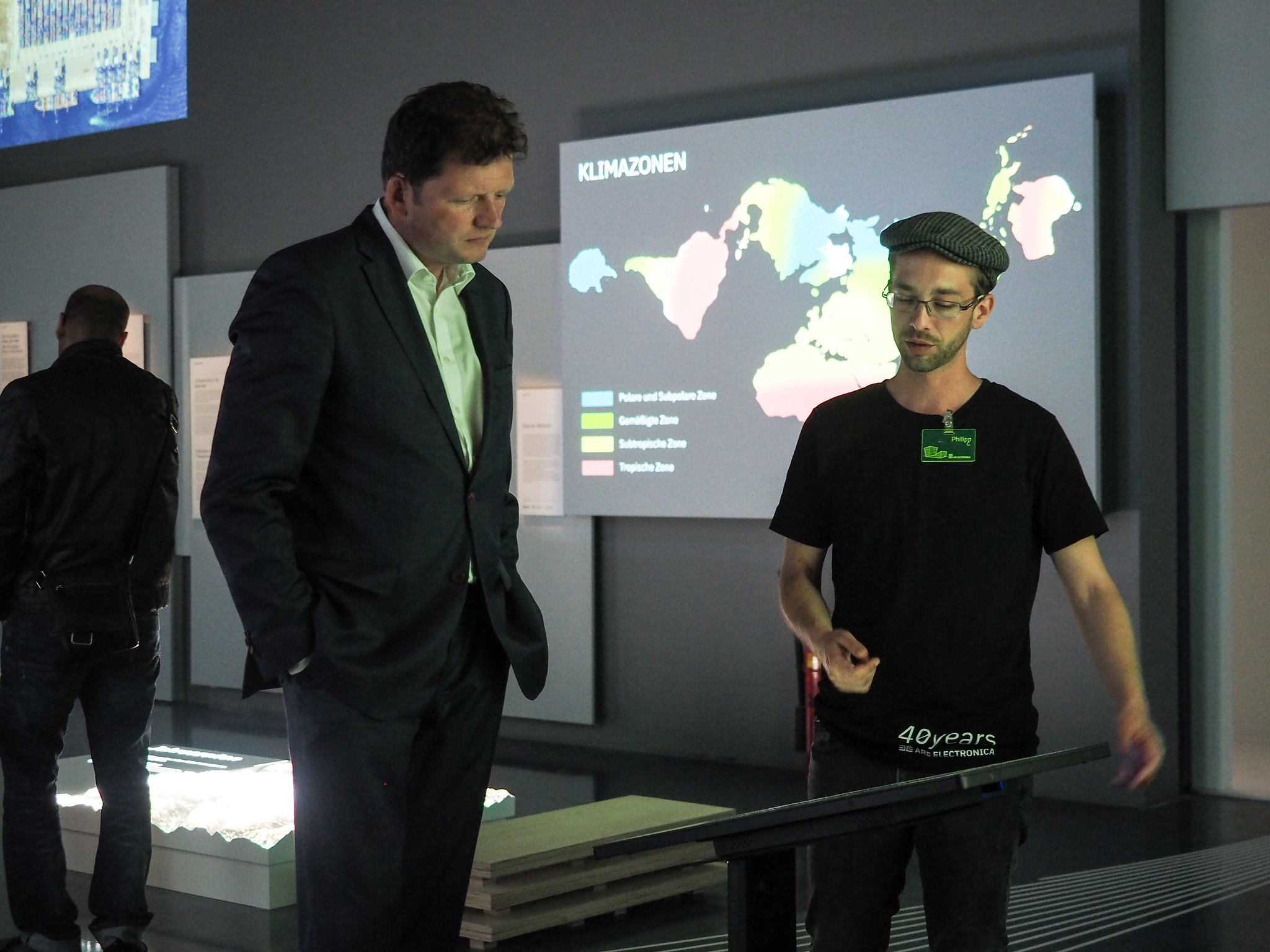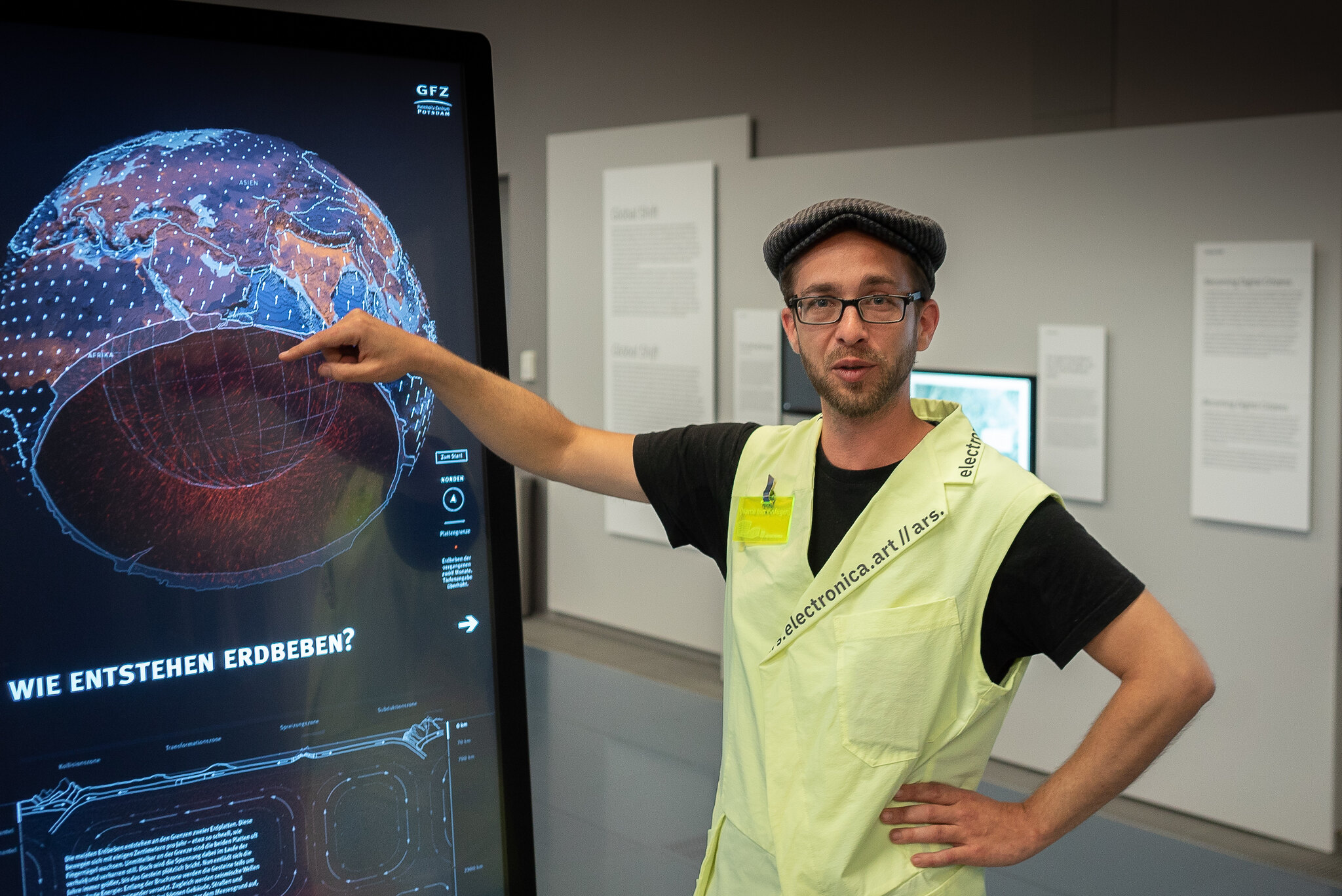Humans have made far-reaching changes to the natural living environment for their own purposes. Apart from the concrete wastelands and the refuse we produce, there are many other examples that testify to this. But it hasn’t always been that way.
The current age, the holocene, has lasted about 11,700 years. Only with the onset of the industrial revolution in the 18th century did the influence of humans on our environment increase significantly. The drastic changes that occurred during this relatively short time span led to the coining of the epochal term “anthropocene”: the age in which human actions became the most significant factor for biological, geological, and atmospheric changes.
What role does our technological progress play here? Today, it not only extends throughout the earth—it also reaches into space with satellite and space-travel technologies. Often, we are not even conscious of how much technology determines our modern everyday life. How many of us think each time we look at our smartphone about what data we are disclosing or how many technical components actually lie behind the screen?
The effects of various technological achievements on our society often become controversial and are passionately discussed in the public realm. That makes it even more important for everyone to form their own, well-informed opinion. From the new digital infrastructure to satellite observation of the earth to the data that are collected on us every day, Global Shift shows an excerpt from the current conditions of our life.
Exhibits
-

Amazon Web Services Block
All Amazon Web Services (AWS) servers are blocked in this WLAN.
-

Die 50 größten Häfen der Welt
European Space Imaging
In this interactive application you can explore the 50 largest ports in the world.
-

Exploring Our Region
Ars Electronica Solutions (AT)
Explore the region around Upper Austria interactively.
-
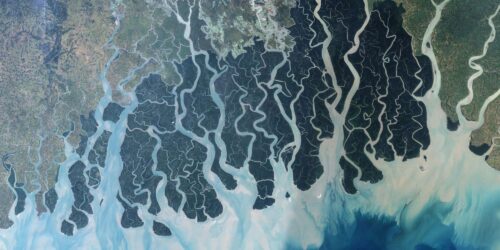
Fragility and Beauty
ESA / DLR / Ars Electronica Solutions (AT)
The stunning images take us on a journey to beautiful and remote places to show us our fragile world.
-
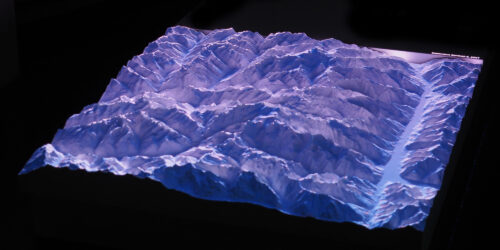
Glacier Retreat
Ars Electronica Solutions (AT), DLR (DE)
This interactive installation makes it possible to experience the phenomenon of glacier disappearance, placing it in a local and global context.
-
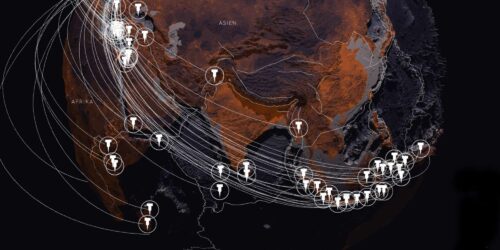
Interactive Science Posters
Science Communication Lab (DE)
Witness current measurements and research, and gain a deep insight into the core of our planet.
-

ObOrO
Ryo Kishi (JP), Japan Foundation
ObOrO is a light installation that creates unstable, random fluctuations.
-

Orbits
Quadrature (DE)
Orbits shows man-made objects in space.
-

Remains
Quayola (UK/IT)
Remains is an ongoing project that focuses on nature and the tradition of landscape painting.
-

Roads to Rome
moovel lab (DE)
Roads to Rome deals with one of the greatest mysteries of mobility: do all roads really lead to Rome?
-

Shipmap
Kiln (UK)
The Shipmap shows the worldwide movements of cargo vessels during the year 2012.
-
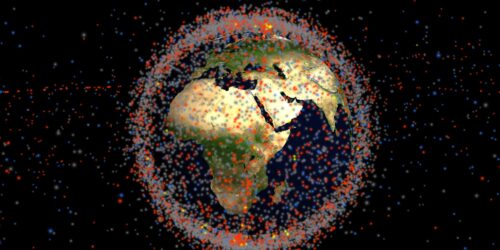
Stuff in Space
Stuff in Space is a real-time 3D map of objects in orbit around Earth. It is updated daily with orbit data and the satellite positions are precisely calculated.
-

The Dating Brokers
Tactical Tech (DE), Ramin Soleymani (DE)
In 2017, Tactical Tech and artist Joana Moll paid 136 euros to acquire a million online dating profiles from USDate, a company allegedly based in the US.
-
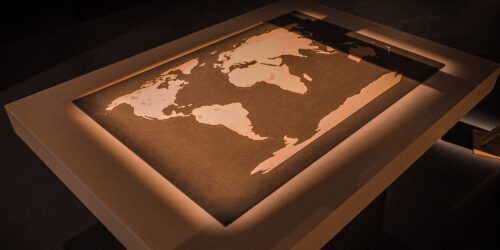
watermap
Daniel Fischer (AT)
In a world full of digital data, which is constantly shown to us on various displays, this project shows a different kind of presentation in a haptic and more immediate way.

